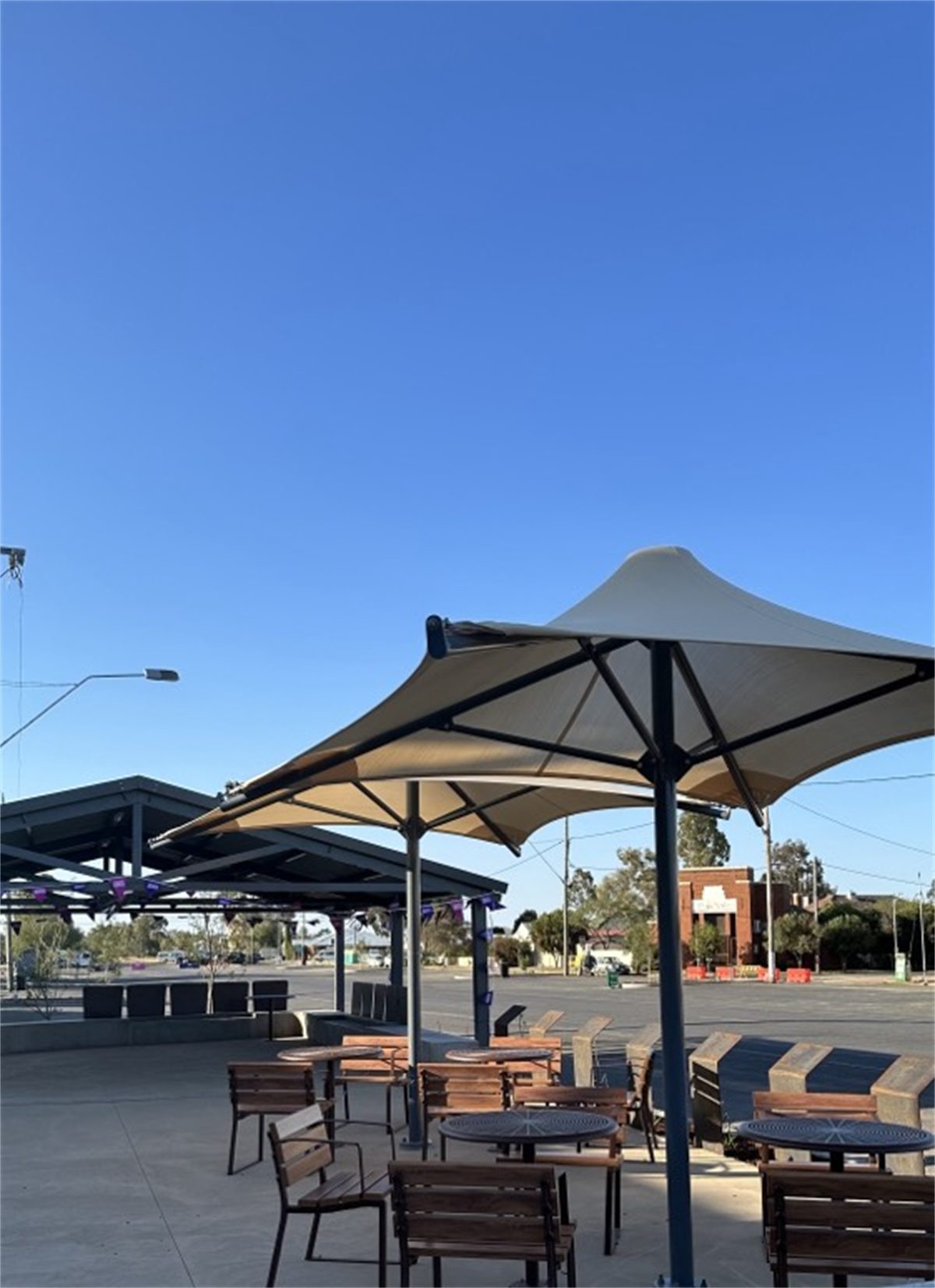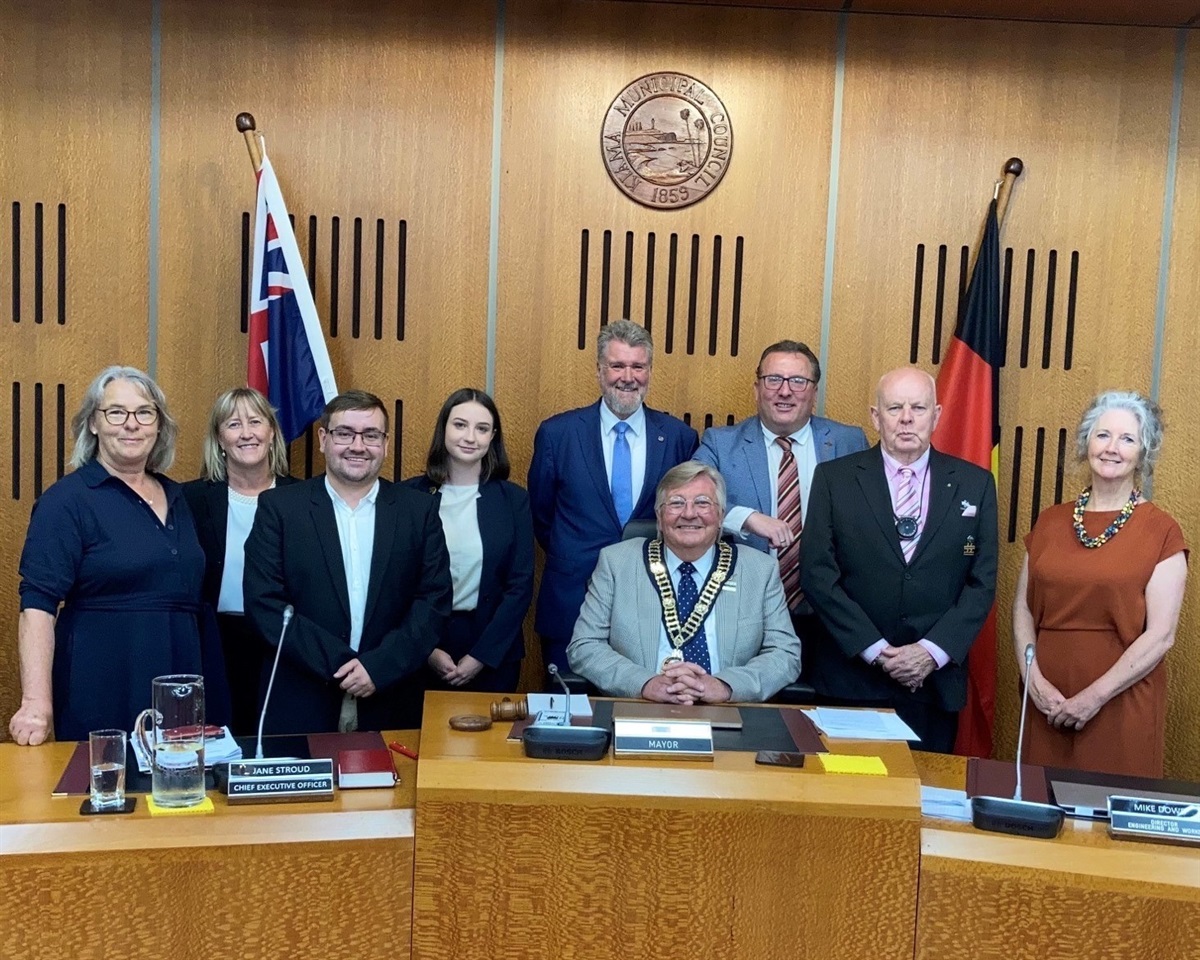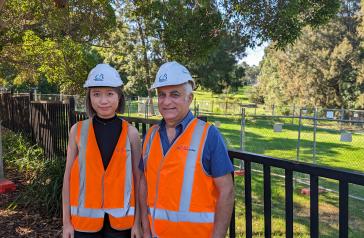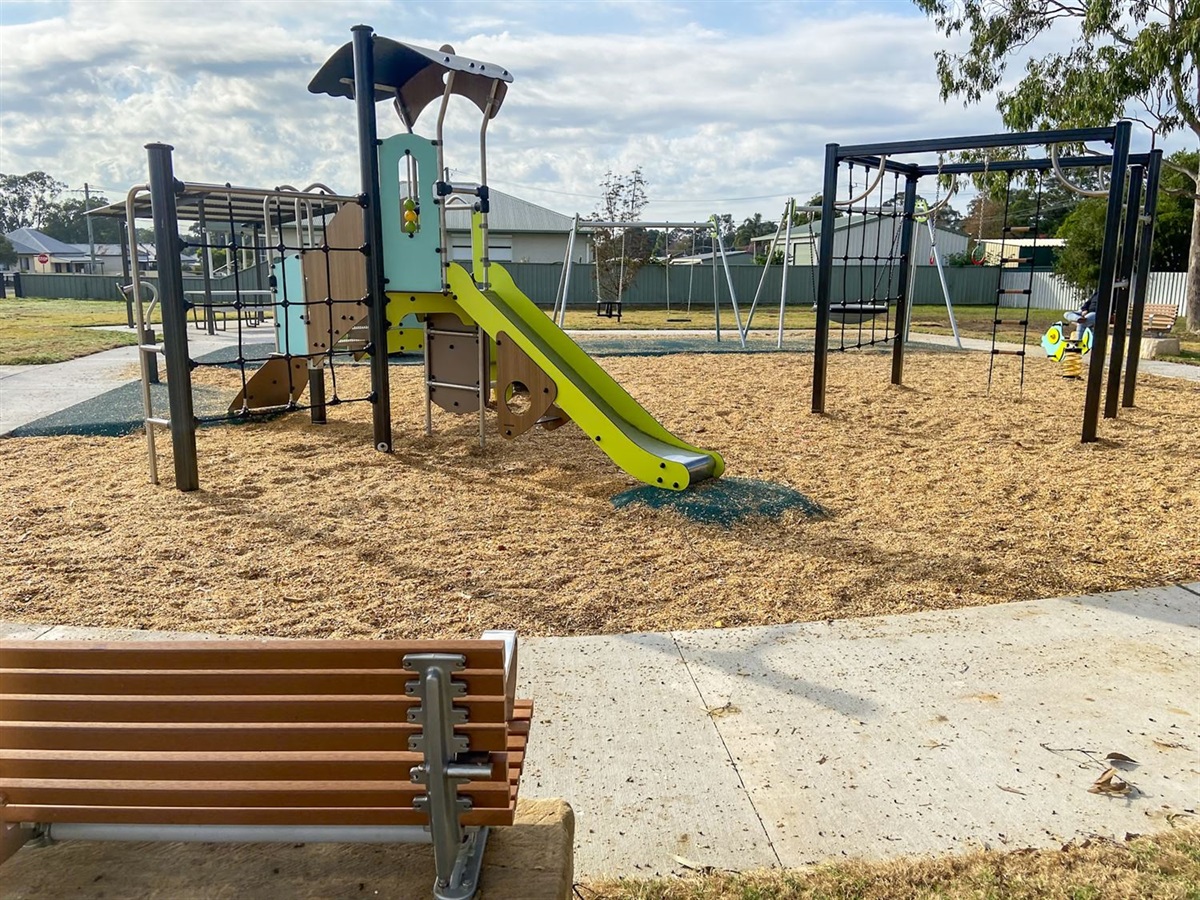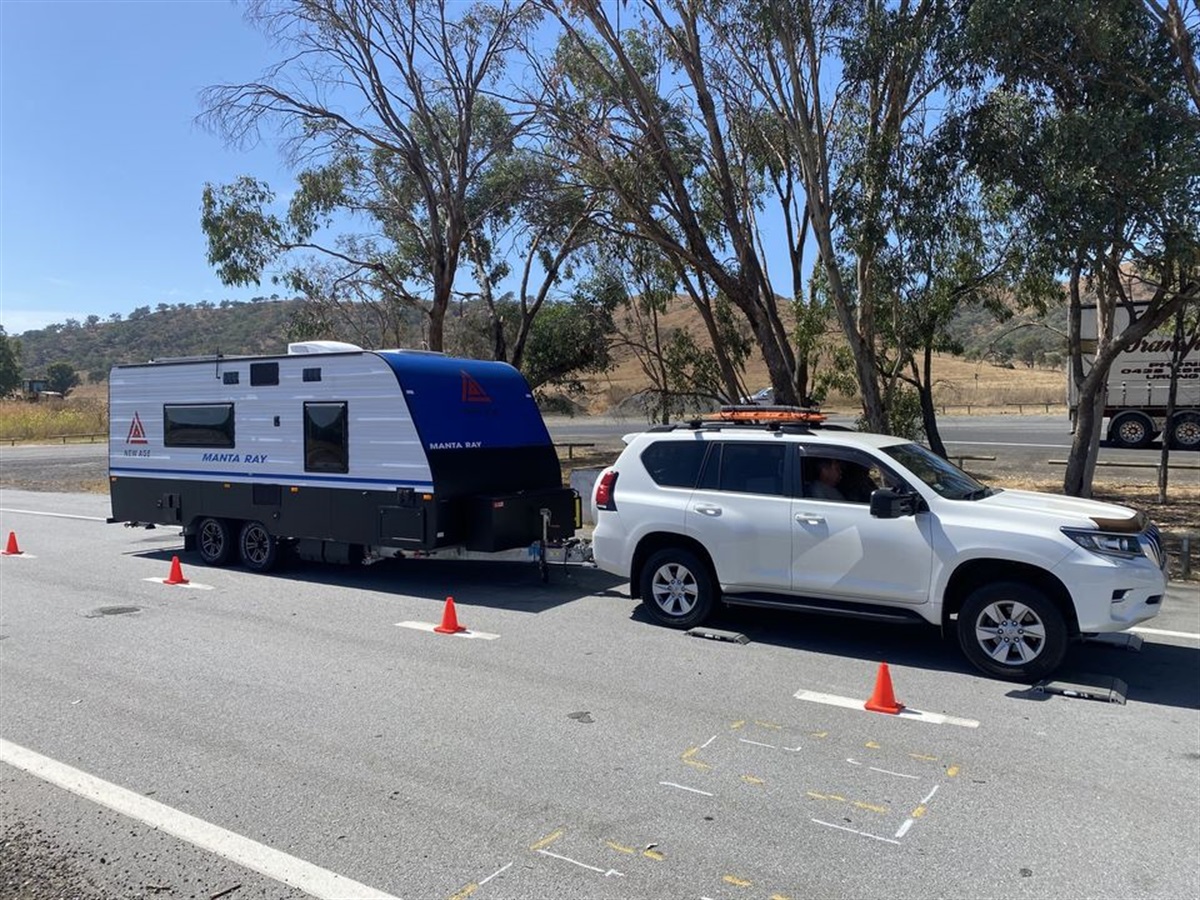Brooke Corte: The economy is roaring back and so are dividends. Today, ANZ shareholders, if you’re one of them, you were handed a much higher-than-expected 70 cents a share dividend. More than doubling the interim dividend paid last year. Speaking of doubling, ANZ’s net profits doubled for the half to nearly $3 billion. Now, partly that’s because it turns out a big chunk of funds that the bank put aside for a rainy day, in the, in the darkest days of the crisis. We were fearing the worst. In the end, they weren’t needed. But more broadly, the economy is rapidly improving. Aussies are finding jobs. The housing market is hot. ANZ is expecting a big second half of the year too, when it comes to its business customers. Shayne Elliott is the CEO of ANZ. Shayne Elliott, welcome back to Money News.
Shayne Elliott: Thanks for having me.
Brooke Corte: Look, the result’s impressive, big numbers across the page. It seems as the economy’s bounced back, the bank’s numbers have bounced back too.
Shayne Elliott: Absolutely. Banks are a leveraged play on the economy. When the economy does well, we do well. And there is no doubt that the economy in Australia and New Zealand is doing very well.
Brooke Corte: Yet the market wasn’t that kind to you, despite all the fabulous numbers you put out today. Shares actually fell. Analysts said they didn’t like the look of your revenues falling 8 per cent. Why is revenue falling?
Shayne Elliott: Oh, I don’t get too hurt about prices on one day. Look, we tried our best to explain it. Our business is very different to our peers. So we have two types of businesses, a really big one and a kind of small one. Our customer revenue, core banking, the stuff that your listeners would be familiar with – home loans, doing business lending and all that – a that was actually up 3 per cent. But, we have another business which is trading. And that trading business, where we move capital around the world for people and, impacted by currencies and commodity prices and all that. It’s quite small, but it came off a massive 2020. Like we had a record result in that last year, late last year. And this market just normalised. If you just looked at our results and trading this half, normally you’d go ‘that’s pretty good’. But because it came off such a bumper number, net-net, it looked like the total fell. But actually, I care about our response to customers and what we’re doing out there. And that bit continues to grow. More people chose ANZ to be their bank in the last half than ever before. And we continue to strengthen those areas where we do a good job.
Brooke Corte: I mean really we can say you were the biggest beneficiary of the surging housing market that we’re all talking about at the moment. You jumped ahead of NAB to become the third biggest home loan player, that was revealed in these numbers today. Most of us think the housing market’s looking completely nuts. I mean, house up the road in the next suburb from me, couldn’t sell for $1.6 million two years ago. Couldn’t find a buyer. Just sold for $2.6 million the other weekend. I mean, we’ve got stories like this over and over. Are you seeing it like that? And when do you think affordability is going to bite?
Shayne Elliott: So those are extreme cases. And I think almost everybody you talk to has got a story like that one. So, yes we need to be concerned. And we’ve got no interest in lending money to people who can’t, ultimately afford to pay it back. So, yes we’re concerned. However, let’s just look at the actual data. And I know averages can be dangerous, but they’re kind of important. Average house price in March in Melbourne is only back to where it was in March a year ago. The average price in Sydney in March is only back to where it was three years ago. So, yes we’ve had a big run up recently. And yes, there are some outlying suburbs, locations, regional towns that have really kind of boomed. But when you look across the average, it’s not quite the boom territory that people talk about now. People like us at ANZ say, we think house prices are going to continue to go up for all sorts of reasons. So we could end up in a period where there’s sort of unchartered territory. But we’re not quite there yet. And the issue there is to say, why are house prices so high? Well, I think there’s a couple of reasons. One, money is cheap. And so money is much cheaper than it ever was. So when you look at how much of your take home pay do you need to service your mortgage? That percentage actually hasn’t moved. In fact, it’s lower than it has been normally over the last 20 years. So affordability to service a mortgage is pretty good. Affordability to raise the deposit, that’s where the challenge is. So I think there’s some reasons to understand what fundamentals support the market. But you’re right, we should all be concerned. And of course, it’s not just about the money. It’s also about, clearly social consequences about first home buyers and affordability and all of those other things that will have real impact as well.
Brooke Corte: Well, as you said when the economy is doing well, the banks do well. So, I mean, what is there for a bank CEO to worry about at the moment?
Shayne Elliott: There’s a lot for me to worry about, let me assure you. We worry about disruption. We worry about new competition, fintech, big tech. We worry about how we can continue to train and develop our people. We’ve got 39,000 people around the world to look after. We worry about the economy. I mean, yes things are good. But right now you’d stand back and say, on average you’d say ‘things look less likely to get better from here because they’re so good, so what could go wrong?’ So we think about that. We think about geopolitical risk. We think about trade tension. We think about all of those, and of course we think about where I started, really the disruption one. New technology. What’s that going to do? Is our industry even going to look the same in three and five years? And what can we do about it?
Brooke Corte: Shayne Elliott, your numbers show a huge increase in the number of people using the ANZ Smartphone App and transacting online. In fact, 42 per cent of all retail sales, including home loans, are now done digitally. So it makes sense you’ve closed a lot of branches. In fact, you’ve closed more branches than any of the other banks, 15 announced just last month. How many more branches are on the chopping block?
Shayne Elliott: Well, we don’t have a target on that per se. What we’re doing, let’s just stand back and say, ‘why are we closing bank branches?’ We’re closing bank branches because our customers have made a decision that they don’t want to use them. That they don’t need to. As one of my colleagues reminds us, going to the bank branch is a bit like going to the dentist. You don’t really want to go, you only go because you have to. And so as technology has basically improved, actually do you know what? You don’t have to. You can make payments, you can open a credit card, you can block your credit card, you can do whatever you like more or less. Actually, you can do that when you decide, how you like, when you like and you can do it on your phone. So that convenience is what’s really driven traffic down in the branches. And then at some point it becomes, they’re not viable. There is a role for branches. We’re not going to end up in the branchless future. There is a role. What do people use them for? They go in to get coaching; help me figure out how to buy my first home. How much money am I going to need to do that? Let me think about my future. Help me understand how I start my business. So there are going to be more conversations and less transactions done in those branches. And that means we need to just sort of restructure the footprint. Where are they? Who’s in them? What kind of training those people have?
Brooke Corte: And just final question Shayne Elliott, ANZ’s provided a bit of light humour on social media today. Because if you look at the slides in your result, at the bottom of page 10, there’s a line and I’ll read it back to you: “Our focussed approach ensures a systematic cadence that adds velocity to benefit realisation”. Can you settle this once and for all? What does that mean?
Shayne Elliott: Oh yes, I’ll have to speak to the comms team that did that. That sounds like utter nonsense, doesn’t it?
Brooke Corte: Twaddle I think is the word used on social media.
Shayne Elliott: Yeah I think that’s totally fair. Fair cop. So not only daggy, but incomprehensible daggy. Look, what it means is, one of the things are doing around cost and you asked the question before, but we didn’t really talk about the cost thing. We’re not driving out costs for the sake of it, we just think that if we run a simpler, better bank for our customers. It’ll inevitably be safer and easier to run and that’ll be lower cost. So it’s an outcome, right? But I’m glad we provided some humour to the day, to the investor community.
Brooke Corte: I was going to say, whoever wrote it, don’t get him in trouble. Just give him a high five from us. We enjoyed it.
Shayne Elliott: No, he’ll get promoted and he can write the whole thing next year.
Brooke Corte: He sounds smarter than I am, he or she sounds smarter than I am. Thank you so much, Shayne Elliott, CEO of ANZ. Always appreciate your time.
Shayne Elliott: Bye bye.
Brooke Corte: Did you get that? “Our focussed approach ensures a systematic cadence that adds velocity to benefit realisation”. If you’re wondering, that’s what it meant. That’s care of the ANZ boss there.


